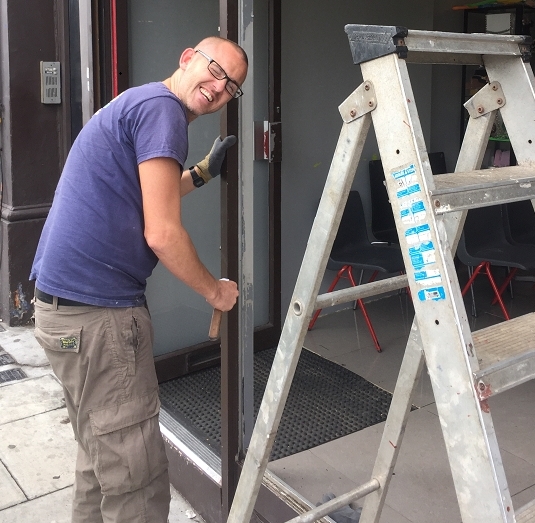DoorCo Does Doncaster
DoorCo has plans to open a manufacturing factory in Doncaster. Head of operations, Mark Towers told The Installer all about the new facility. Towers...
Read Full Article
Glaziers, window fabricators and fitters are amongst the most thriving jobs in the skilled trades, new analysis of workforce data has revealed.
Having taken a deep dive into 15 years’ worth of data - electrical training provider Electrician Courses 4U have revealed the number of people working as glaziers, window fabricators and fitters has increased by a steady 7.47% since 2006.
The research which aims to shine a light on the evolution of the trades over the past three decades, discovered that in 2006 there were 54,900 people working in these jobs.
By 2021 this number had increased by 4,100 to 59,000. This means on average, over the last 15 years, the total number of glaziers, window fabricators and fitters has increased by over 270 workers per year.
Looking at the overall picture, glaziers, window fabricators and fitters rank 13th when it comes to the skilled jobs which have seen the biggest increase in their workforce over the last 15 years.
Which other jobs have increased numbers?
The job which has seen the biggest increase in staff is aircraft maintenance workers where the number of employees has more than tripled since 2006 - rising from 24,000 to 88,300 – driven by increases in air trave (apart from during the Covid years).
Another trade which has seen a significant rise in their workforce is rail and rolling stock builders and repairers who have seen a 114.29% increase in the number of workers over the past 15 years – driven by Cross Rail in London and HS2.
The 10 skilled jobs which have seen the biggest increase in workers over the past 15 years:
Aircraft maintenance 24,000 to 88,300 = 267.92%
Rail and rolling stock 4,900 to 10,500 = 114.29%
Chefs 135,000 to 195,200 = 44.59%
Catering and bar managers 64,100 to 83,800 = 30.73%
Bakers and flour confectioners 27,400 to 35,000 = 27.74%
Telecommunications engineers 53,500 to 65,400 = 22.24%
IT engineers 32,000 to 38,500 = 20.31%
Agricultural and fishing trades 21,500 to 24,500 = 13.95%
Farmers 89,700 to 101,600 = 13.27%
Food Preparation & hospitality 370,200 to 410,300 = 10.83%
Although some trades are thriving, the research has also revealed the trades which are on the decline:
Printers 58,200 to 8,900 = -84.71%
Footwear and leather working 12,600 to 4,800 = -61.90%
Welding trades 77,200 to 31,900 = -58.68%
Tool makers & fitters 21,400 to 9,500 = -55.61%
TV, video & audio 14,300 to 6,400 = -55.24%
Horticulture 23,000 to 10,300 = -55.22%
Metal forming & welding 121,500 to 59,300 = -51.19%
Metal & electronic trade 65,900 to 32,600 = -50.53%
Smiths & forge workers 6,000 to 3,000 = -50%
Print finishing & binding 24,300 to 12,400 = -48.97%
Comment
Commenting on the research, Nigel Best, director of Electrician Courses 4U, said: “By taking an in-depth look at the evolution of the skilled trades over the past 15 years we’ve been able to unearth a number of fascinating findings. Our analysis highlights how a number of industries have been directly impacted by digital advancements which have reduced the need for specific job roles such as welders or printers.
“What is glaringly obvious from our research though is that a number of industries including the electrical industry must do more in order to replace and revamp an increasingly ageing workforce.”
Picture: Glaziers, window fabricators and fitters are amongst the most thriving jobs in the skilled trades.
www.electriciancourses4u.co.uk
Article written by Cathryn Ellis
09th February 2023